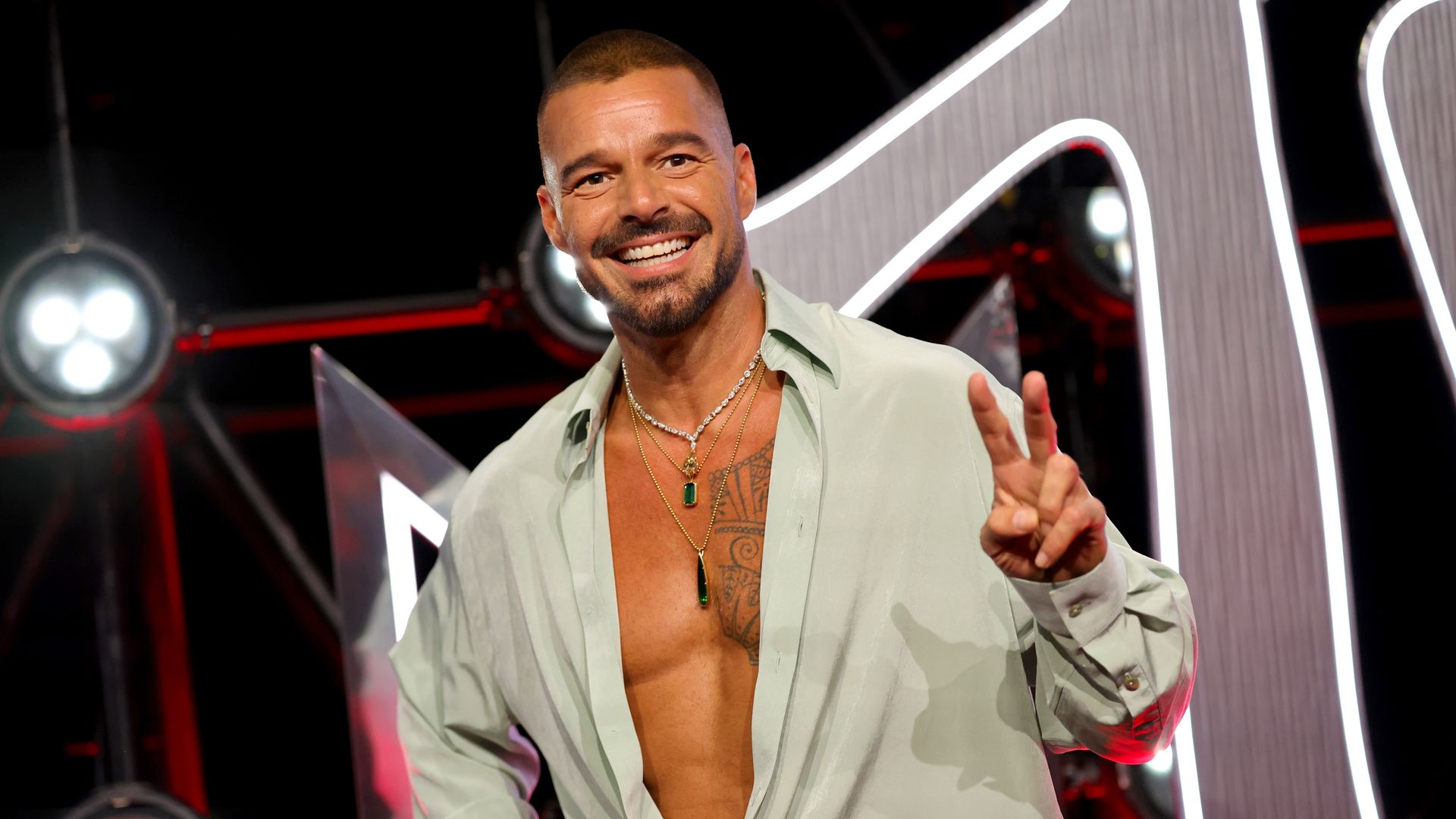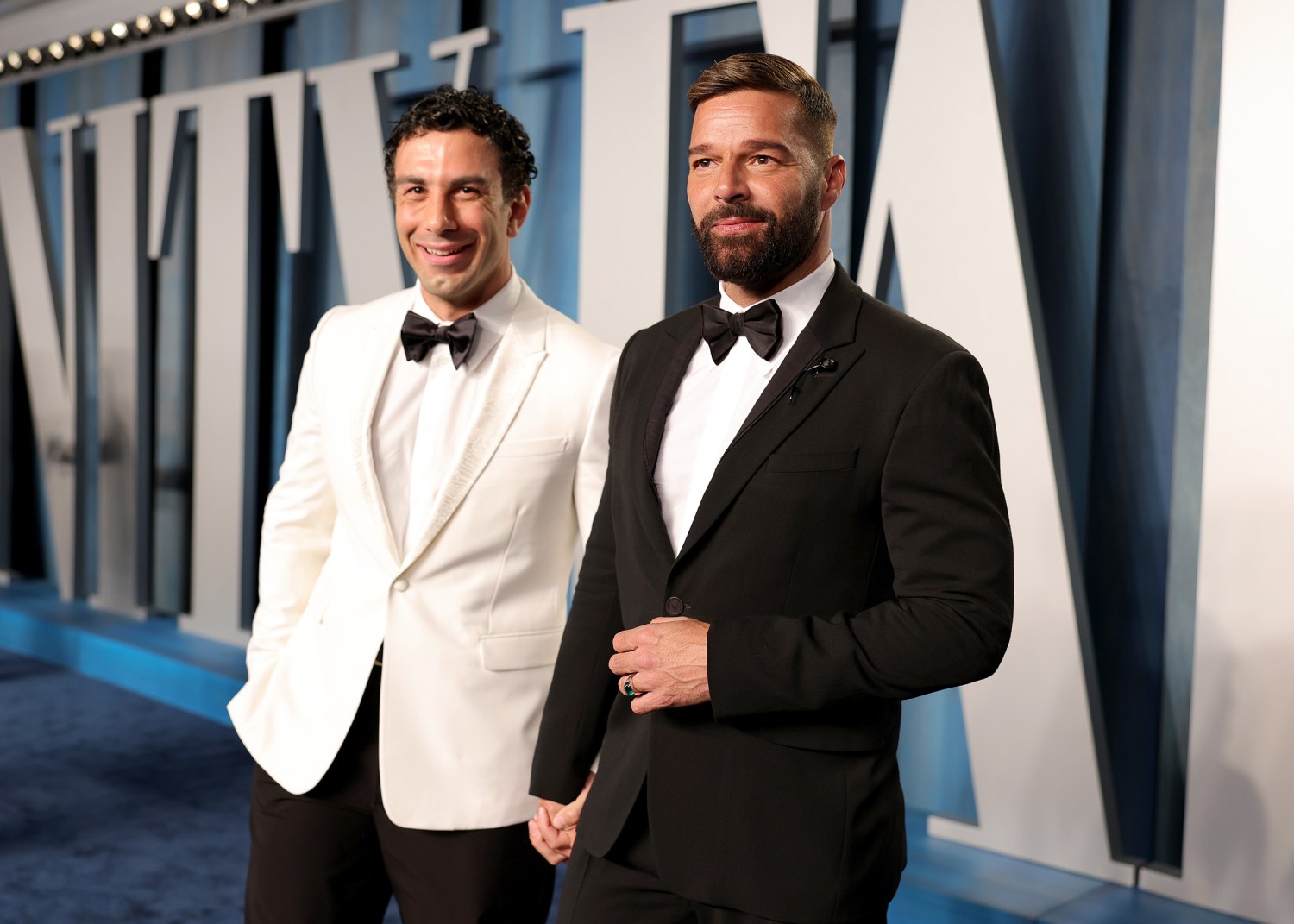:max_bytes(150000):strip_icc()/GettyImages-2233665869-f9a780c165074c058e9077a50ffb113e.jpg)
Ricky Martin, the Puerto Rican singer, songwriter, and actor, stands as a towering figure in contemporary global music, his influence transcending mere chart success. His discography, a vibrant tapestry of Latin pop, dance, reggaeton, salsa, and other genres, has captivated audiences worldwide from his early child commercial acting days. Martin’s journey is a compelling narrative of artistic evolution and unwavering dedication, proving his musical versatility.
His ascent in the late 1990s is widely acknowledged as the genesis of the “Latin explosion,” a transformative moment that propelled Latin music into the mainstream. This phenomenon not only solidified his international stardom but also paved an unprecedented path for countless Latin artists to achieve global recognition. Martin’s consistent reinvention and commitment have ensured his relevance across various entertainment platforms, making him a truly multifaceted icon.
This article delves into Ricky Martin’s remarkable trajectory, meticulously charting the significant milestones that have defined his illustrious career. We will explore his formative years, the disciplined environment of his boy band days, the cautious steps of his solo debut, and the explosive international impact that cemented his status as a global superstar. This detailed examination aims to showcase the intricate layers of a truly extraordinary artist.

1. **Early Life and Influences**Enrique Martín Morales, born on December 24, 1971, in San Juan, Puerto Rico, experienced a childhood shaped by diverse influences. His parents, an accountant and a psychologist, divorced when he was two. Yet, Martin moved freely between their homes, never feeling compelled to choose, a sentiment he shared with *People* magazine, describing himself as “always happy.” This familial stability underpinned his formative years.
Growing up Catholic, affectionately known as “Kiki,” Martin’s early passion for performance was evident. At age six, he mimicked Menudo songs with kitchen spoons, alongside English rock groups like Led Zeppelin. His maternal family, particularly his poet grandfather, nurtured his creative spirit, contributing to his later musical versatility. This blend of cultural and musical exposure was crucial.
He often reflected on these early family gatherings, finding their “energy” mirrored in his adult performances. While an “average” student at Colegio Sagrado Corazón, his precocious talent for commercials emerged at age nine. He starred in 11 commercials in 18 months for brands like Orange Crush and Burger King, marking his earliest foray into the entertainment world and setting the stage for a dramatic career.

2. **The Menudo Phenomenon (1984–1989)**Martin’s commercial fame quickly led him to audition for Menudo, the iconic Puerto Rican boy band known for its strict member replacement policy. Despite initial rejections for being too short, his persistence paid off, and in 1984, 12-year-old Martin joined, replacing Ricky Melendez. This marked his immersion into a highly disciplined professional environment.
His debut performance in San Juan highlighted the band’s rigorous nature. An unintended choreography deviation led to a stern reprimand from the manager. Martin recalled, “The mistake was such a big deal… You either did things the way you were told or you were not part of the group.” This early lesson instilled profound professional fortitude, even as the exhausting schedule “cost” him his childhood.
Despite the hardships, he valued the “amazing experiences.” He became a “key-member” and “fan-favorite,” contributing to 11 albums, including *Evolución* and *Menudo*. His debut single, “Rayo de Luna,” and “Hold Me” were early highlights. Beyond music, he acted in *The Love Boat* and *Por Siempre Amigos*, and his philanthropy began as a UNICEF ambassador. He left in 1989 at 17, seeking independence from the strictures of his youth.

3. **Charting a Solo Path: Early Albums and Acting Ventures (1990–1994)**After Menudo, Martin initially planned for New York University, but a friend’s invitation to Mexico City led to an unexpected role in the musical *Mama Ama el Rock*. Embracing this, he dropped out, drawn by the stage. His performance caught a producer’s eye, securing him a role in the Mexican telenovela *Alcanzar una estrella II* (1991), and subsequently in its film adaptation, *Más que alcanzar una estrella* (1992), earning him an El Heraldo Award.
Amidst his acting, a Sony Discos executive offered a solo music contract. Martin’s eagerness was profound: “All of the hard work and passion I had exerted was finally now starting to come to fruition, and music came back to my life powerfully and definitively.” This enthusiasm, however, led him to sign an unfavorable contract, granting him only one cent per album sold, though he considered the record “the start of something phenomenal.”
His debut solo album, *Ricky Martin* (1991), marked a significant milestone, peaking at number five on the US Billboard Latin Pop Albums chart and selling over 500,000 copies. Hit singles “Fuego Contra Fuego” and “El Amor de Mi Vida” both reached the top 10 on the US Billboard Hot Latin Tracks. His Latin American tour broke box office records. His second album, *Me Amaras* (1993), sold over one million copies. In 1994, he joined *General Hospital* as Miguel Morez, asserting his Puerto Rican identity, despite perceived lack of chemistry.
:max_bytes(150000):strip_icc():focal(711x269:713x271)/ricky-martin-2025-vmas-090725-2-cf38835f4c3e421c9442f4fa5f69a75d.jpg)
4. **The International Breakthrough: “María” and ‘A Medio Vivir’ (1995–1997)**In 1995, Ricky Martin intensely refocused on music, developing his third studio album, *A Medio Vivir*. Released in September 1995, this album proved to be his international breakthrough, selling over three million copies worldwide with numerous gold and platinum certifications. It produced “Te Extraño, Te Olvido, Te Amo,” “Volverás,” and the career-defining “María.”
“María” represented a bold artistic shift. Martin embraced “a very Latin, African sound,” departing from the romantic ballads prevalent in Latin pop. This innovative choice initially met label resistance, with an executive direly predicting, “You have ruined your career! You’re finished.” Yet, Martin remained “extremely proud” of the track, a conviction soon vindicated spectacularly.
Defying all critics, “María” became an undisputed international hit, topping charts in 20 countries and selling over five million physical copies. It earned a place in *The Guinness Book of Records* (1999) as the biggest Latin hit, dominated charts in Australia and France, and marked his debut on the US Billboard Hot 100. The subsequent A Medio Vivir Tour spanned over two years, while Martin also found time for an acclaimed eleven-week run as Marius Pontmercy in Broadway’s *Les Misérables*, a role he called “the role of [his] life.”

5. **’Vuelve’ and the 1998 FIFA World Cup Anthem (1998–1999)**While still on the A Medio Vivir Tour, Ricky Martin concurrently recorded his fourth album, *Vuelve*, a period he described as “brutal and incredibly intense.” In 1997, FIFA approached him to create the anthem for the 1998 World Cup, a pivotal moment he accepted despite initial nervousness, seeing “massive growth potential.” This led to “La Copa de la Vida” (*The Cup of Life*), crafted with K.C. Porter, Robi Rosa, and Desmond Child.
Martin strategically viewed *Vuelve* as part of “a global strategy to promote Latin music worldwide,” aiming “to get the entire globe to dance and sing in Spanish.” Released February 12, 1998, *Vuelve* became a colossal success, reportedly selling over eight million copies—a record for a Spanish-language album. It dominated the US Billboard Top Latin Albums chart for 26 weeks, earned platinum status, and produced hits like “Perdido Sin Ti” and “La Bomba.”
“La Copa de la Vida” became an international phenomenon, charting in over 60 countries and reaching number one in 30. Martin’s electrifying performance at the 1998 FIFA World Cup Final in France, watched by over a billion people, solidified his global superstar status. The Vuelve Tour further expanded his reach. Importantly, *Vuelve* earned Martin his first Grammy Award for Best Latin Pop Performance at the 41st Annual Grammy Awards, following his acclaimed performance credited with igniting the “Latin explosion.”
:max_bytes(150000):strip_icc()/Ricky3x2tout1-0ddcd580a9144421a888f3d2e3b91066.jpg)
6. **The “Latin Explosion”: Crossover to English and “Livin’ la Vida Loca” (1999–2000)**The monumental success of *Vuelve* and Ricky Martin’s Grammy performance ignited his full crossover into the English-language market. In October 1998, CNN confirmed his work on an English album, *Ricky Martin*, released May 11, 1999, ahead of schedule due to overwhelming demand. Tim Devin of Tower Records noted the heightened interest “since that performance.”
The album’s debut was historic, launching atop the US Billboard 200 with 661,000 first-week sales—the largest for any album in 1999. It broke records for both pop and Latin artists, and for Columbia Records. Martin became the first male Latin act to debut at number one on the Billboard 200. Certified 7x platinum by the RIAA, it became the best-selling album by a Latin artist in the US, with global sales between 15 to 17 million copies.
“Livin’ la Vida Loca” became Martin’s signature anthem and biggest hit, topping charts in over 20 countries. In the US, it dominated the Billboard Hot 100 for five consecutive weeks, his first number-one single, breaking multiple chart records. It also topped Canada’s chart for eight weeks and debuted at number one in the UK, a first for a Puerto Rican artist. The subsequent Livin’ la Vida Loca Tour became the highest-grossing tour of 2000 by a Latin artist in the US, solidifying his global touring prowess and leadership in the “Latin explosion.”




